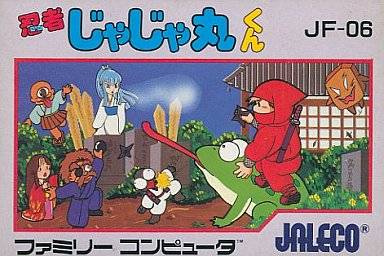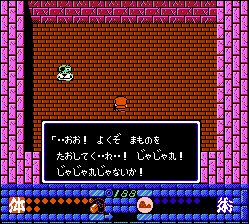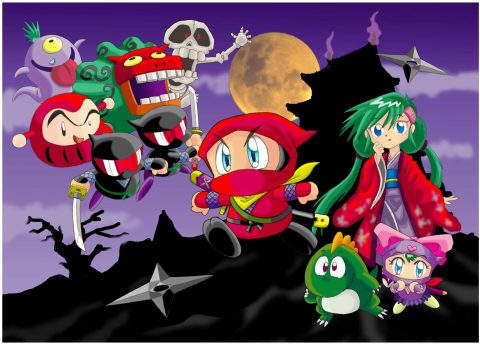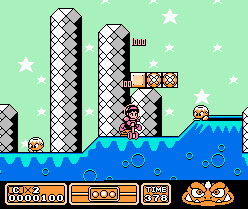

In fact, it is pretty much a standard episode. It was also ported to Windows as part of a retro release series, and although it’s pretty much just an emulation of the original Famicom game, it uses the same altered sprites as the arcade version.Yes, it is here at last, the special 10th episode of Chrontendo! Except that it is not really that special. Denshouki Jaleco Memorial for the Game Boy Advance, released in 2004. 1 for PlayStation and in emulated form on Jajamaru Jr. It shows up on the Jaleco Collection Vol. This version is almost exactly the same except for some altered enemy sprites. It was ported to the MSX home computer not long after the Famicom release, and later published in the arcades as Vs.

It’s not a bad game, but much like the Famicom port of Ninja-kun, the animation is very choppy and the controls aren’t as responsive as they should be. The theme music is pretty repetitive, but it’s also catchy and memorable. There are some charming aspects to Ninja Jajamaru-kun – before each stage, the Catfish Pirate tries to laugh at you, but since apparently Jaleco hadn’t mastered the PCM abilities of the Famicom, it sounds very low-tech and silly. Some of the stupider enemies fall through the holes you’ve made, allowing you for a quick and easy kill. You can also find bombs hidden in the bricks, which kill the hero when jumping into them. If you collect three power-ups, you summon the ultimate weapon – a gigantic frog which Jajamaru then rides and uses to eat up all of the enemies. These can include extra lives, bonus score coins, little orbs that enhance speed, and a little cart that makes Jajamaru-kun temporarily invincible.

Many bricks reveal a power-up when destroyed. In order to progress upward, you need to jump into the brick ceilings, destroying them and leap onto the next floor. Each stage is approximately three screens wide and comprised of four floors. However, instead of a vertically scrolling screen, the levels in Jajamaru-kun scrolls only horizontally. Thankfully, the controls have been fixed from the arcade Ninja-kun, so jumping is much easier. Every destroyed foe yields a spirit, which grants bonus points for collecting them. Although there are technically only three stages, they continuously loop, each placing harder and harder enemies.

Similarly, if you spend enough time in a stage, the kidnapped Princess Sakura will toss cherry blossoms from the top of the screen – if you collect three, you’re taken to special stage where you have to dodge bombs thrown by the evil Catfish Pirate, and toss shurikens upward to kill him. Once again, Jajamaru can only be killed by projectiles, and can stun enemies by jumping on their heads. Ninja Jajamaru-kun borrows several elements from the original Ninja-kun game – as a tiny little shuriken wielding ninja, you need to clear the stage from enemies in order to progress.


 0 kommentar(er)
0 kommentar(er)
